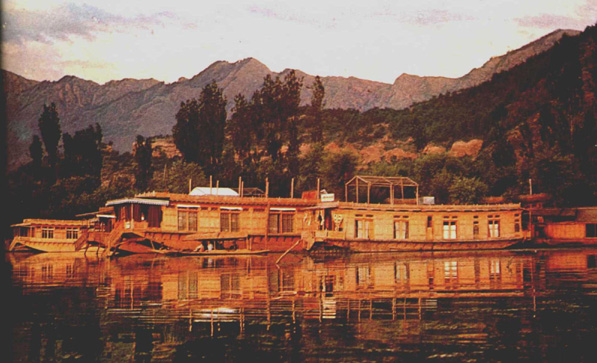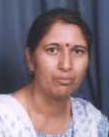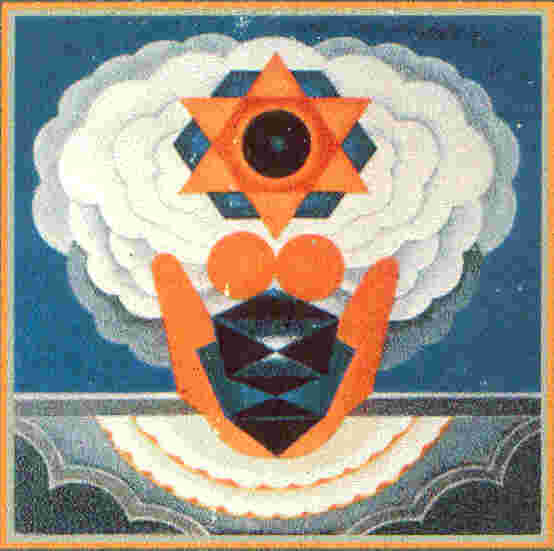|
Milchar
October-December 2002 issue
|

|
House Boats on Dal
Lake in Srinagar. Credit for introducing
House Boats in Kashmir goes to Pt. Narain Das, father of Swami Laxman ji.
|
|
 |
|
Eve's
Corner
Position
of Women in Ancient Kashmir
... Sonia Raina
 Down
the ages, Kashmiri women have been extolled as the best specimen of oriental
beauty. James Milne in Road to Kashmir, characterised a Kashmiri woman
as a 'primal creature in her Garden of Eden'. Kashmiri women however, witnessed
varying fortunes, largely due to politico-social upheavals, much too frequent
in the medieval period. During the dark periods, they were pressurised
with servitude and deprivation. Their activities got confined to the four
walls of the house. This seclusion sapped their intellectual curiosity
and artistic creativity. In periods of comparative reprieve, some of them
fought valiantly against injustices and were able to leave an enduring
imprint on Kashmir's annals. Down
the ages, Kashmiri women have been extolled as the best specimen of oriental
beauty. James Milne in Road to Kashmir, characterised a Kashmiri woman
as a 'primal creature in her Garden of Eden'. Kashmiri women however, witnessed
varying fortunes, largely due to politico-social upheavals, much too frequent
in the medieval period. During the dark periods, they were pressurised
with servitude and deprivation. Their activities got confined to the four
walls of the house. This seclusion sapped their intellectual curiosity
and artistic creativity. In periods of comparative reprieve, some of them
fought valiantly against injustices and were able to leave an enduring
imprint on Kashmir's annals.
Women in Kashmir were not only equal but
considered a little superior in many spheres of mundane life. Abhinavagupta,
the versatile exponent of Shaivist philosophy says that according to the
creed 'a man must have a woman as a messenger for communication with the
All Powerful, who must be treated as one's equal and with honour, otherwise,
he forfeits his rights to perform religious ceremonies and rituals laid
down by the Shaivist preceptors'.
Regarding the position of women in early
Kashmir, we learn that the first part of a woman's life was spent in her
father's house, when liberal education was imparted to her. Bilhana, the
poet laureate of 11th century A.D. says that even the women in their household
spoke Sanskrit and Prakrit as fluently as their mother-tongue. Women, at
least of upper classes received education in diplomacy and state craft,
besides that of general nature like biological sciences, arts, music, singing,
dancing & painting.
There is no indication of women being in
seclusion or relegated to the background. The use of the veil was non-existent.
Women could hold property in their own right. A passage from the Rajatarangini
tends to show that after the death of her husband, the widow became heir
to his immovable properties and not his sons.
Women enjoyed equal rights as men in the
affairs of the state as also in the discharge of public duties. This is
amply proved by the anointment of queens along with their husbands at the
time of coronation. They fought alongside men on foot or on horseback.
There is evidence that wise women made their husbands' rule a success.
Queen Suryamati made judicious selection of ministers and other officials
to
give public confidence in her otherwise weak husband, King Ananda. He was
later made to abdicate in favour of his son. Didda dominated her weak husband
Kshemagupta. She controlled the destinies of the kingdom as regent and
a queen for half a century.
The great success with which Didda and
Sugandha governed their dominions, naturally presupposes that they were
put in the way to efficiency by some previous instruction and practice.
Heroism displayed by Didda and Kota Rani was exemplary. Queen Kalhanika
went at the head of an emissary to bring rapprochement between Bhoja and
Jayasimha. Women of a lesser status too appear to have taken leading part
in the political activities of the State.
Regarding the proper age of marriage of
a woman, no positive evidence is forthcoming. A perusal of the Rajatarangini
generally leaves the impression that pre-puberty marriage probably was
not in vogue in ancient Kashmir. A story related by Kshemendra in the Desopadesa
may indicate that girls were married at a mature age.
Widows were expected to live a pure life,
devoid of luxury. The use of ornaments or gorgeous dress was forbidden
to her. Remarriage of widows and of other women does not seem to have been
absolutely forbidden. Partapditya II married the wife of a rich merchant.
Kota Rani's remarriage after Rinchana's death is well known.
The custom of burning of Sati was in vogue
in Kashmir from an early time. In the stories of Kathasaritsagara, which
was composed in the valley in 11th century A.D., the custom appears to
be quite common. About the historical cases of widows burning themselves
at the death of their husbands, we have a number of instances in Rajatarangini.
The custom of Sati was so deep rooted in the valley that even mothers and
sisters and other near relatives burnt themselves along with their beloved
deceased. Gajja cremated herself with her son Ananda, Vallabha with her
brother-in-law Malla, and the sister of Dilhabhattaraka cremated herself
with her brother. The custom persisted long after the Hindu rule till Sultan
Sikander banned it.
[Sources:
1. Early History & Culture of Kashmir
by S.C.Ray.
2. Kashmiri Pandits - A Cultural Heritage.
3. Culture & Political History of
Kashmir by P.N.K.Bamzai.
4. Information Digest Vol: 1 - Project ZAAN]
| |
 |
|





 Down
the ages, Kashmiri women have been extolled as the best specimen of oriental
beauty. James Milne in Road to Kashmir, characterised a Kashmiri woman
as a 'primal creature in her Garden of Eden'. Kashmiri women however, witnessed
varying fortunes, largely due to politico-social upheavals, much too frequent
in the medieval period. During the dark periods, they were pressurised
with servitude and deprivation. Their activities got confined to the four
walls of the house. This seclusion sapped their intellectual curiosity
and artistic creativity. In periods of comparative reprieve, some of them
fought valiantly against injustices and were able to leave an enduring
imprint on Kashmir's annals.
Down
the ages, Kashmiri women have been extolled as the best specimen of oriental
beauty. James Milne in Road to Kashmir, characterised a Kashmiri woman
as a 'primal creature in her Garden of Eden'. Kashmiri women however, witnessed
varying fortunes, largely due to politico-social upheavals, much too frequent
in the medieval period. During the dark periods, they were pressurised
with servitude and deprivation. Their activities got confined to the four
walls of the house. This seclusion sapped their intellectual curiosity
and artistic creativity. In periods of comparative reprieve, some of them
fought valiantly against injustices and were able to leave an enduring
imprint on Kashmir's annals.


